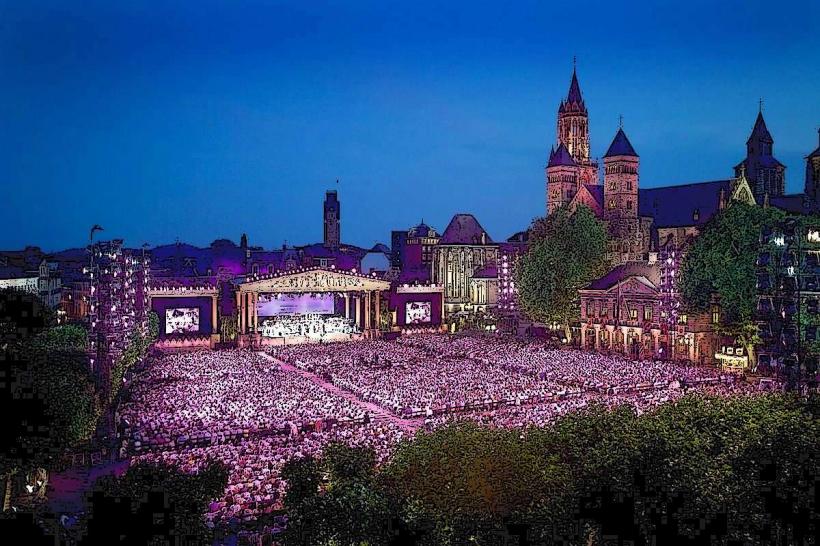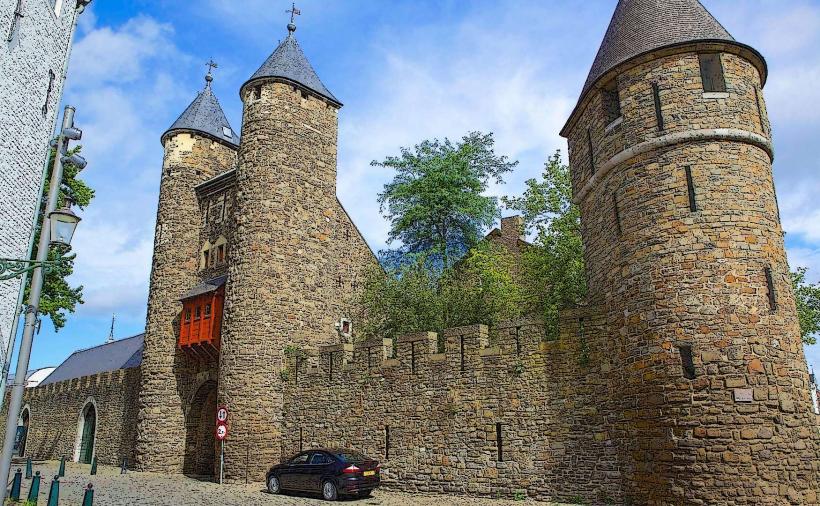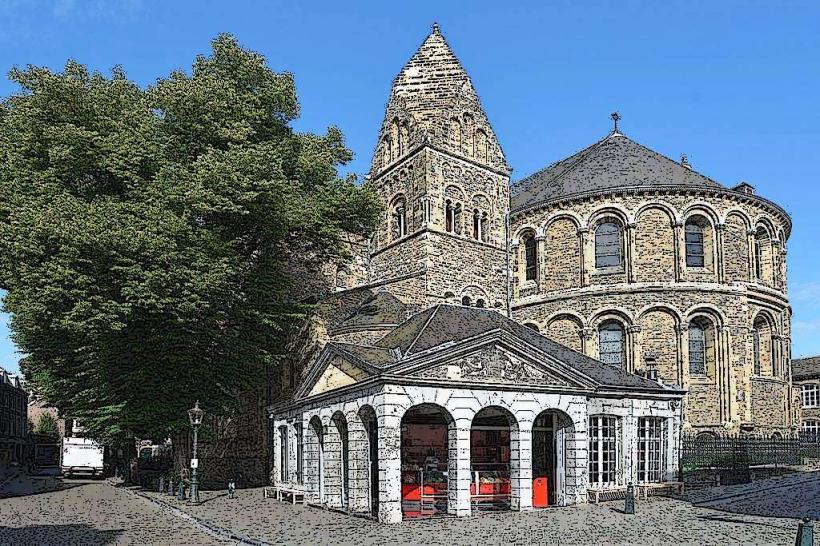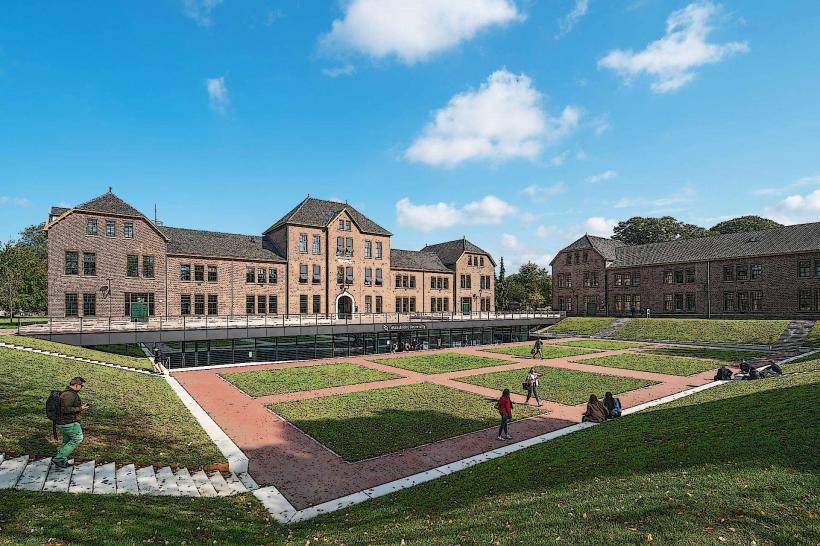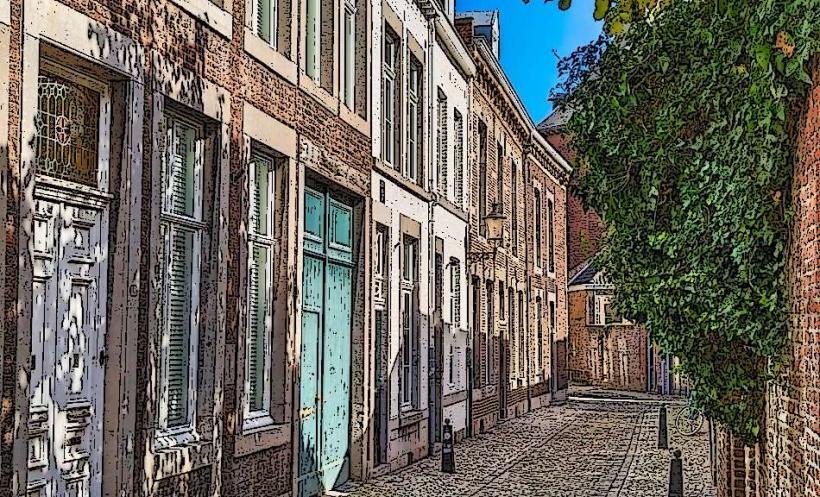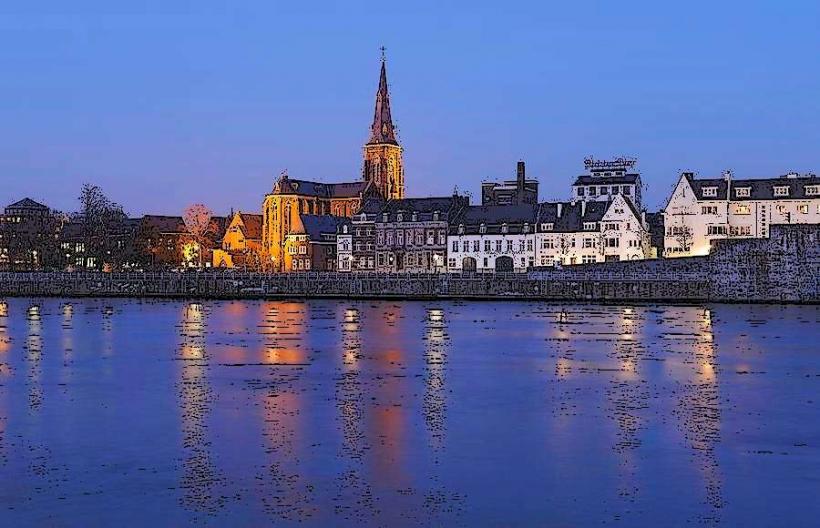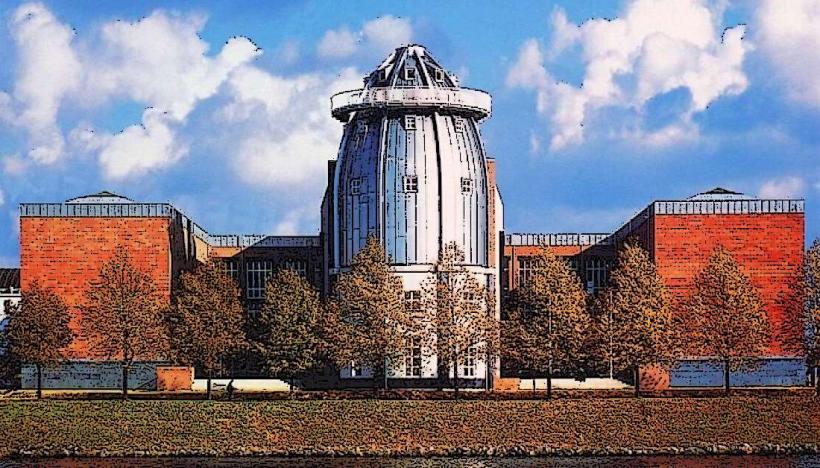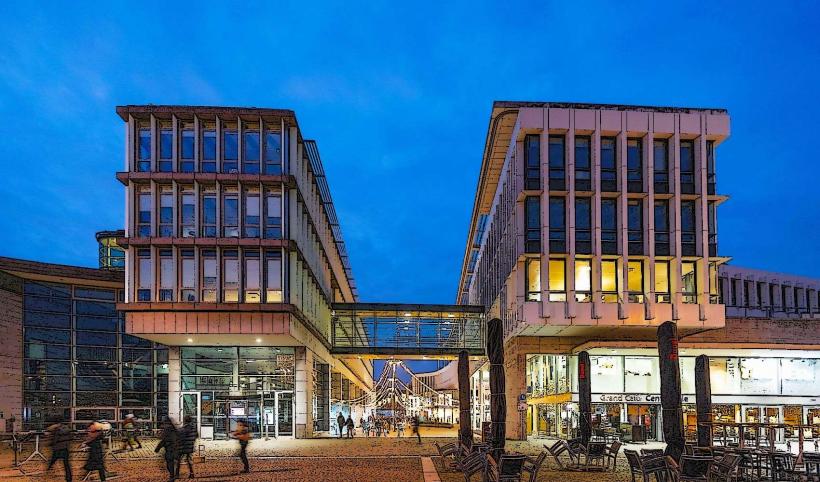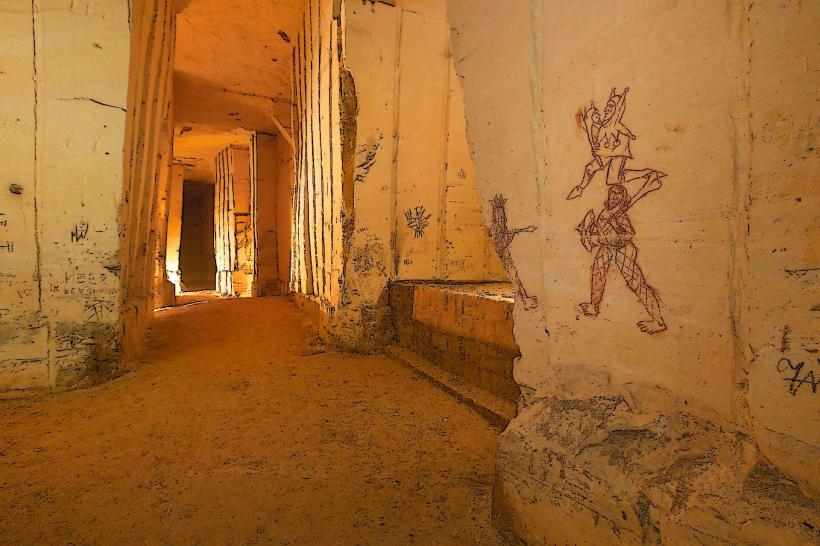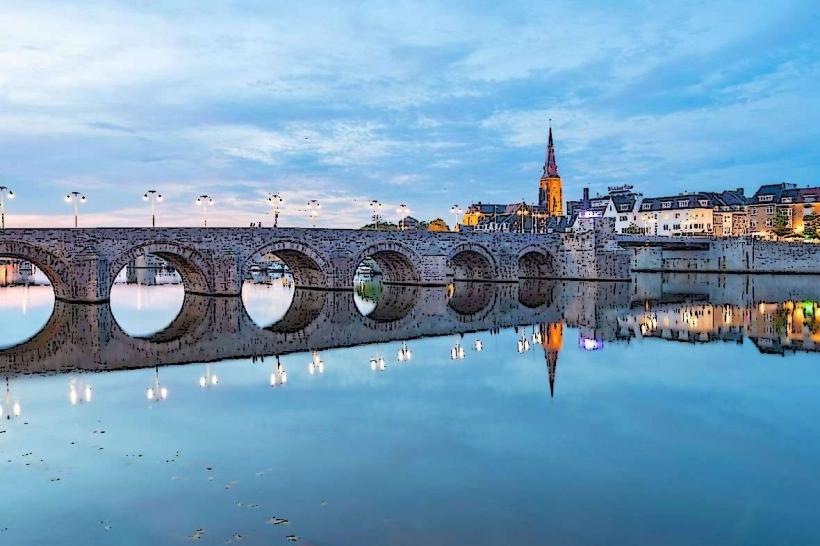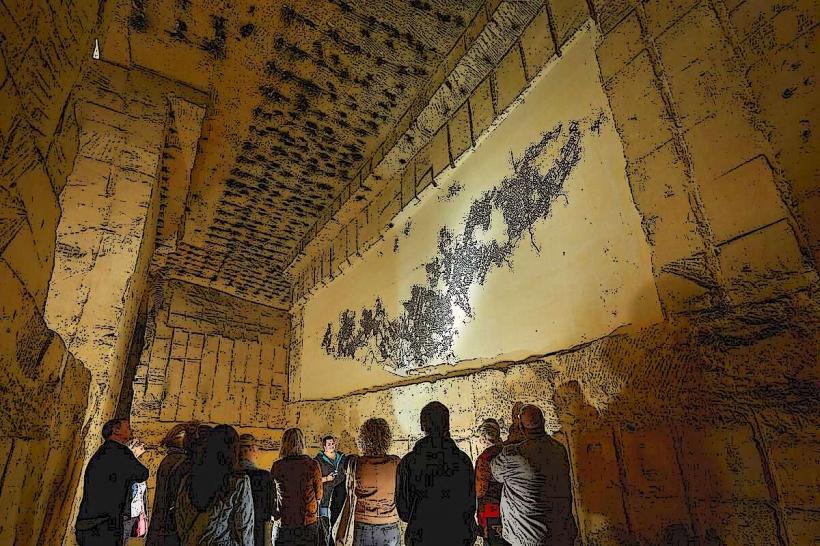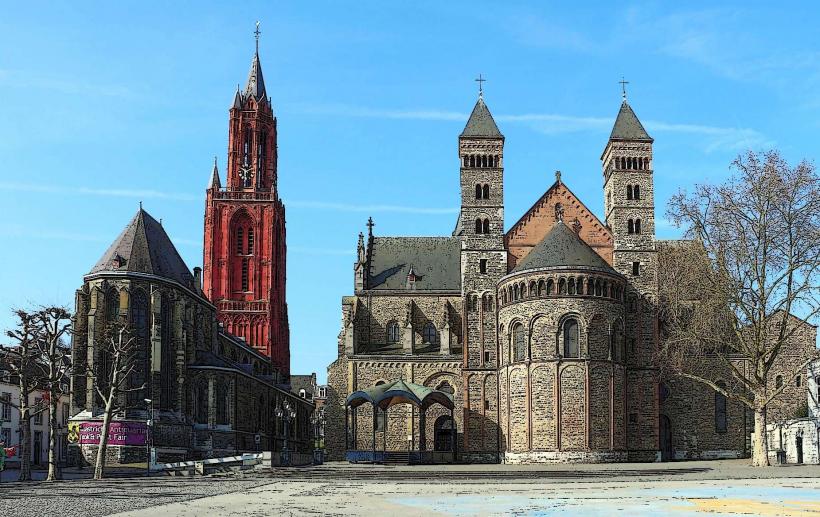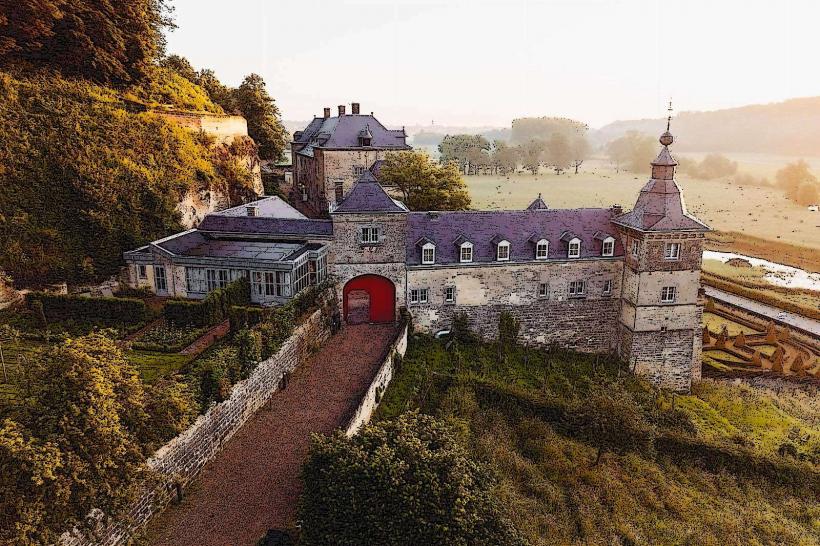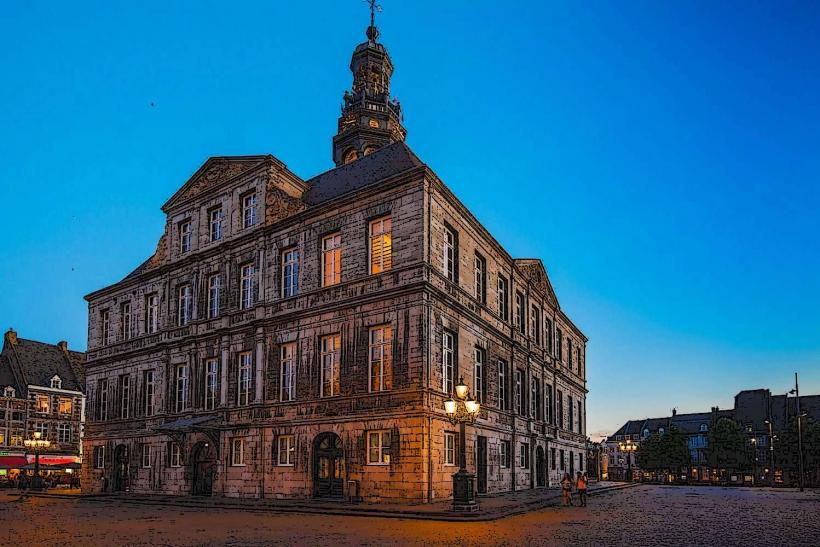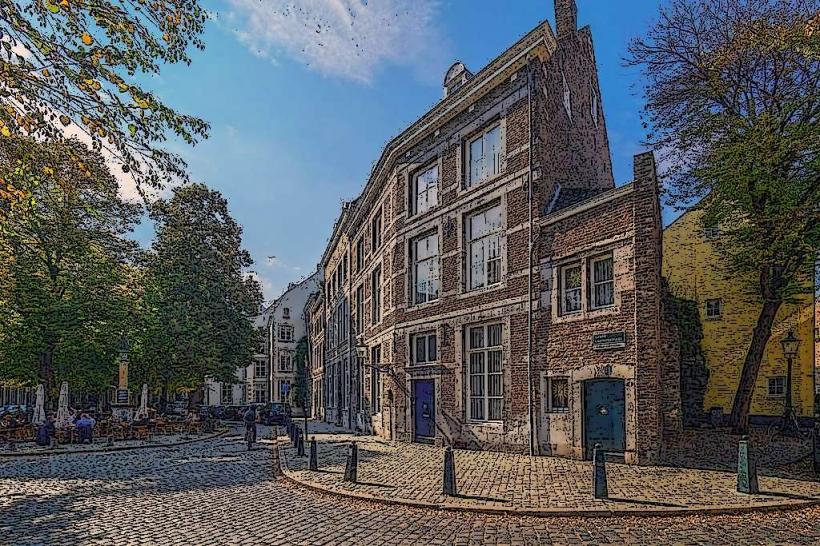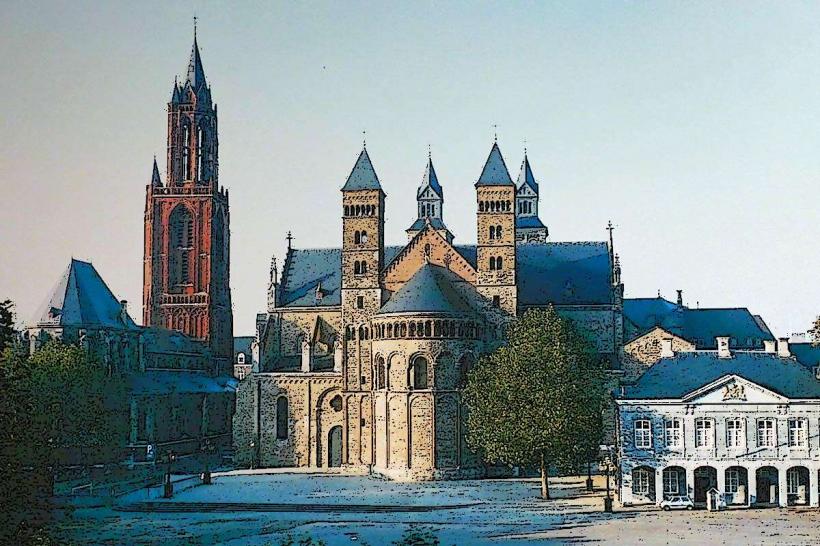Information
Landmark: Basilica of Saint ServatiusCity: Maastricht
Country: Netherlands
Continent: Europe
The Basilica of Saint Servatius (Dutch: Basiliek van Sint-Servaas) is one of the most iconic and significant religious landmarks in Maastricht, located in the southern part of the Netherlands. It is a Romanesque-style basilica and one of the oldest churches in the Netherlands, famous for its history, architectural beauty, and religious significance.
1. History and Origins
- Foundation and Early History: The Basilica of Saint Servatius was originally built in the 4th century, making it one of the oldest Christian churches in the Netherlands. The church is dedicated to Saint Servatius, a 4th-century Christian missionary and bishop who is said to have brought Christianity to the region. His tomb is located in the crypt of the basilica, and he is considered the patron saint of Maastricht.
- The Relics of Saint Servatius: The church was originally built around the tomb of Saint Servatius, which became an important pilgrimage site. Pilgrims from across Europe visited Maastricht to pay homage to Saint Servatius and to seek blessings from his relics. This contributed to the church’s early prominence.
- Romanesque Architecture: The current structure of the basilica, constructed between the 11th and 13th centuries, is a prime example of Romanesque architecture. Over the centuries, the basilica has undergone various reconstructions and expansions, but it retains much of its early architectural style.
2. Architectural Features
The Basilica of Saint Servatius is known for its remarkable Romanesque architecture, which includes thick stone walls, rounded arches, and large windows, giving it a solid and imposing appearance.
- Exterior: The basilica features a large west front with two towers, a prominent feature of Romanesque churches. The main entrance is adorned with a beautifully decorated portal featuring scenes from the life of Saint Servatius. Above the entrance, there is a rose window, a decorative circular window with intricate stained glass.
- The Twin Towers: The two towers of the basilica are one of its most striking features. They are not identical, as the tower on the right (from the perspective of the entrance) is taller than the one on the left. Both towers are capped with steeples and are visible from various points around the city.
- Nave and Interior: Inside the basilica, the nave is wide and grand, with rounded arches and thick columns. The interior features beautiful stonework and wooden ceiling beams, which enhance its medieval atmosphere. The crypt, located beneath the main altar, houses the tomb of Saint Servatius and is an important site for pilgrims.
- Treasury: The basilica’s treasury is renowned for its collection of liturgical items, religious artifacts, and relics. Among the most important items in the treasury are Saint Servatius’ relics, as well as gold and silver relics and liturgical objects used for worship throughout the centuries. Some of these artifacts date back to the Middle Ages.
- Baptismal Font and Altars: The church also features a baptismal font, an important part of Christian worship, and several ornate altars dedicated to various saints and events in Christian history. The high altar, located at the far end of the nave, is particularly grand, showcasing detailed religious artwork and sculptures.
3. Role in Religious Life
- Pilgrimage Site: For centuries, the Basilica of Saint Servatius has been an important pilgrimage site, drawing Christian pilgrims from across Europe. The tomb of Saint Servatius is particularly significant, as it is believed to have miraculous powers. Pilgrims would come to pray and seek intercession from the saint, and the church itself became a center of religious devotion.
- Cathedral Status: The church served as a cathedral for several centuries, until the establishment of the Diocese of Roermond in 1559. Despite this change, the basilica remained an important religious center for the city of Maastricht and the surrounding region.
- Religious Services: Today, the basilica continues to be an active place of worship, with Mass services, religious ceremonies, and special events held throughout the year. It also plays a key role in the local Catholic community.
4. Saint Servatius Festival
- Annual Celebrations: One of the most important religious events at the Basilica of Saint Servatius is the Saint Servatius Festival, which takes place annually in May. The festival celebrates the life and legacy of Saint Servatius and includes religious ceremonies, processions, and other activities related to the saint. The highlight of the festival is the veneration of Saint Servatius’ relics and a procession that takes the relics through the streets of Maastricht.
5. The Basilica as a Cultural Landmark
- Tourist Attraction: Today, the Basilica of Saint Servatius is one of the most visited landmarks in Maastricht. It attracts tourists and pilgrims alike with its stunning architecture, rich history, and spiritual significance. Visitors can explore the church’s crypt, admire its Romanesque architecture, and view the collection of religious artifacts in the treasury.
- Art and Heritage: The basilica also plays a key role in the preservation of Maastricht’s religious heritage. It houses several important artworks and sculptures, many of which date back to the Middle Ages. The basilica itself is also part of the larger cultural heritage of Maastricht, contributing to the city’s historical identity.
6. Conclusion
The Basilica of Saint Servatius is not just a religious site but a key piece of Maastricht’s historical and cultural fabric. With its Romanesque architecture, spiritual significance, and rich history, it is a must-visit landmark for anyone interested in the history of the city, the development of Christianity in the Netherlands, or the architectural beauty of medieval churches. Whether you're exploring the basilica’s impressive exterior, visiting the crypt where Saint Servatius’ relics are kept, or simply enjoying the peaceful atmosphere inside, the Basilica of Saint Servatius offers a unique and enriching experience for all visitors.

